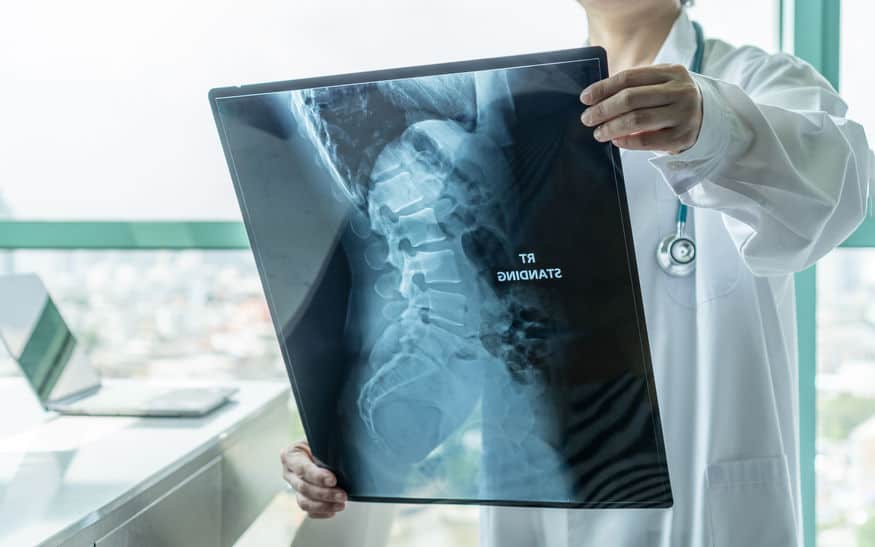What You Need to Know About Spinal Cord Injuries
A spinal cord injury (“SCI”) can happen in any type of accident, and since these injuries affect one of the most important structures in the nervous system, an injury can often have catastrophic repercussions such as paralysis or nerve damage.
All spinal cord injuries should be immediately addressed by your doctor.
Some spinal cord injuries can have a temporary impact on your body. For example, the effects of a whiplash injury may last just two to four weeks before subsiding. However, other spinal cord injuries can cause permanent damage.







